It’s spring — and time to prepare for boating season. If your boat was in lay-up over the winter, you’ll need to take care of a few things before it’s ready to go. Here are some suggestions to help you make sure your vessel is ready for a successful launch and a safe and relaxing season.
Safety first… and last! Spring is an ideal time for a safety review
- Begin by checking the life jackets, flares, and first-aid kit to make sure you and your boating companions will be safe while on board your vessel. Be sure the horn, running lights, anchor light, and searchlight work properly.
- Check the fire extinguishers and have them serviced or replaced as needed, and replace the batteries in the smoke and CO detectors, as well as the emergency radio beacon (EPIRB) if you have one.
- Make certain the boat’s registration or documentation is current, and that all the required papers, including a copy of your insurance policy with claims contact information, are on board.
- Start a “punch list” of maintenance items that will need attention before the end of the season.
- Inventory all equipment and outfitting on board, and update it during the season. List all personal items aboard as well. A complete list could come in handy in the unfortunate event of a loss.
- Replace anything that’s missing, damaged, or out of date, including fire extinguishers.
Before the launch
Inspect the bottom – Rule number one: While working on the hull, always let the yard employees move stands and blocking. Do a thorough inspection of all the through-hull fittings above and below the waterline, and be sure all through-hulls are clear.
Zincs – Sacrificial zinc anodes attached to the hull and underwater metal parts should be removed prior to painting. Clean the metal surfaces to which they attach until shiny, then replace the zincs.
Transducers and running gear – Inspect underwater transducers for depth sounders, fish finders, and knot meters. Check propellers and shafts for damage and straightness. Inspect swim step supports, trim tabs, thruster grates, and boarding ladders.
Rudders and steering – Check the rudders and inspect the struts that support the prop shafts. Also be sure to check shaft bearings for wear.
Outdrive hints – Those flexible rubber bellows between the drive and the transom don’t last forever. Inspect them carefully! Failed bellows are a major cause of sinking of outdrive-powered boats. Inspect the lower unit for oil leaks and change the oil.
Don’t forget the plug! – If the exhaust ports in the hull were plugged to keep critters out, remember to remove the plugs. And if the hull has a drain plug, be sure it’s in place and tightened securely before launch.
Inside the boat
Inner hull fittings and steering – Make sure all seacocks operate smoothly, and inspect strainers. Pull the knot meter paddle, if it’s removable, and give it a spin while watching the gauge to be sure it is working. Operate the steering gear and inspect all hydraulic and/or mechanical components.
Clamps and hoses – Inspect the hoses attached to all pumps, seacocks, and through-hulls. Replace any soft, bulging, cracked, or damaged hoses. Make sure hose clamps are in good shape and free of rust.
Bilge pumps and high water alarms – While you’re inspecting the bilges, lift the float switches and make sure your bilge pumps and high water alarm operate properly.
Engine and batteries – Check and replace zincs and impellers in engine and generator cooling systems. Check all the V-belts, too. Mufflers and exhaust lines should be inspected for signs of leaks or deterioration, including hose clamps. Clean battery terminals and be sure the batteries are fully charged.
Check for leaks and unwanted guests – Check all deck hardware for loose or degraded sealant and consider using a garden hose to test for leaks. Also, check the bilge, wiring, and soft goods for evidence of rodents and insects. Service or replace as needed.
You should also use a hose to check the water-tight integrity of deck hatches and access ports into below- deck spaces.
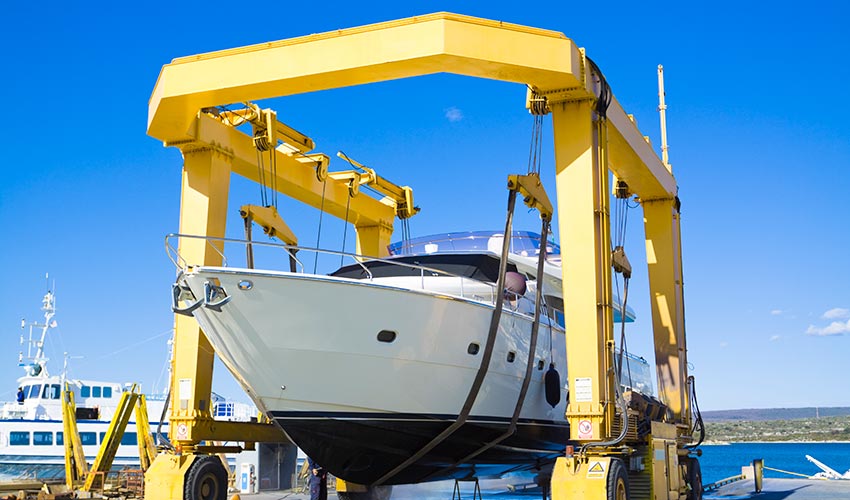
During the launch
Launch her properly – As the weather warms up, boatyards become very busy, often launching several boats an hour. When they’re so busy, yard employees may not take the time to properly check for leaks after the boat goes in the water. You or someone else who knows the boat should be there when your boat is launched.
Engine and bilge – As soon as the boat is in the water, get below and check for leaks. Be sure the engine seawater intake seacock is open. With the engine running, check for exhaust water flow. Watch the temperature gauge to make sure the engine’s cooling system is working.
For sailboats – If your sailboat’s mast was removed for winter storage, the yard will usually step it when the boat is in the water. Be sure all turnbuckles are secured with cotter pins once the rig has been tuned.
Before the first voyage
Be in ship shape – Now that the boat is on her mooring or in her slip, spend some time checking everything before you depart on your first cruise. Start on the foredeck and work your way aft before going below.
Anchors and mooring lines – Be sure the anchor and rode are secured properly and ready to use. If there’s a windlass, make sure it works properly. Look over mooring lines and fenders, and the mooring bridle if the boat is kept on a mooring.
Deck safety – Be sure pulpits, wire lifelines, stanchions, and ladders are secure and in good repair. Make sure the running and anchor lights work.
Rig deck canvas and check for leaks – Set up deck canvas. Secure windows, portlights, and hatches and give the boat a thorough washing. As soon as you’re done, go below and look for leaks.
Check your shore power – Before you plug into shore power, inspect the ends of the cord and the receptacle that’s mounted on the boat for any signs of heat damage.
Electrical and mechanical – Start engines and generators and warm them up thoroughly. Check battery voltage; a 12-volt system charges at about 14 volts. Inspect fuel, cooling, and exhaust systems for leaks.
Water tanks and water heater – If the domestic water and waste systems were winterized, they will need draining and flushing, and any fittings that were disconnected need to be secured.
Check the LPG/CNG Gas System – If you have a propane system, light a burner on the stove. Then close all valves and check for leaks.
Change engine oil – It’s a good idea to change the oil and filters before the season. This should be done even if oil was changed last fall.
Common maintenance errors
One of the best ways to help ensure the safety of your family and friends while aboard your boat is to identify common maintenance items before they become a problem. What follows is a list of maintenance errors that surveyors commonly see:
- Incorrect battery installations
- Lack of smoke detectors on boats over 26’ in length with accommodation spaces for sleeping
- Lack of carbon monoxide detectors on gasoline-powered boats with berths
- Incorrect portable fire extinguisher location, improperly maintained or an inadequate number of fire extinguishers
- Lack of vapor detectors on gasoline-powered boats
- Engine, generator, and exhaust system problems; connections not double-clamped
- Unsatisfactory condition of life jackets/PFDs and improper storage
- Improper use of portable electric heaters
- Lack of throwable device (ring, horseshoe, MOB, etc.) with proper line
- Poor installation of bilge blower, or none installed on gasoline-powered boats
- Loose or unsupported electrical wires throughout the boat
- Automatic bilge pump problems
- No ground fault circuit interrupters for 110-volt AC outlets in galleys, heads, machinery spaces, and weather decks
- Federally required “Discharge of trash/oil” placards not posted
Please visit www.chubb.com/boatandyacht to learn more about the comprehensive boat and yacht insurance products available through Chubb, and to locate a marine insurance specialist in your area.
Insights and expertise

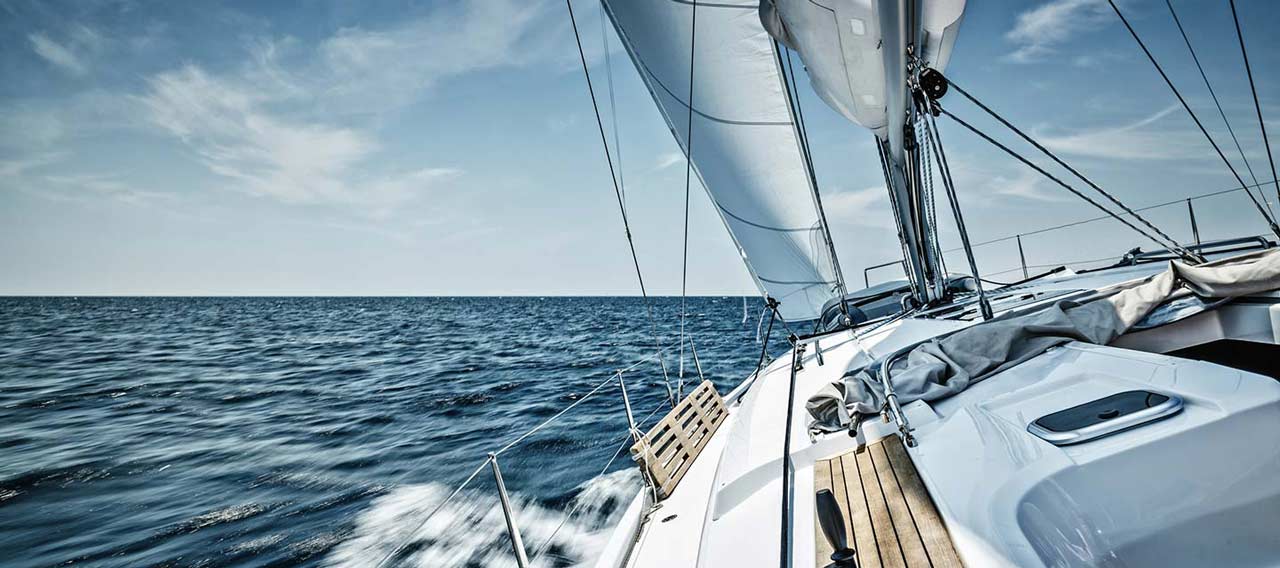
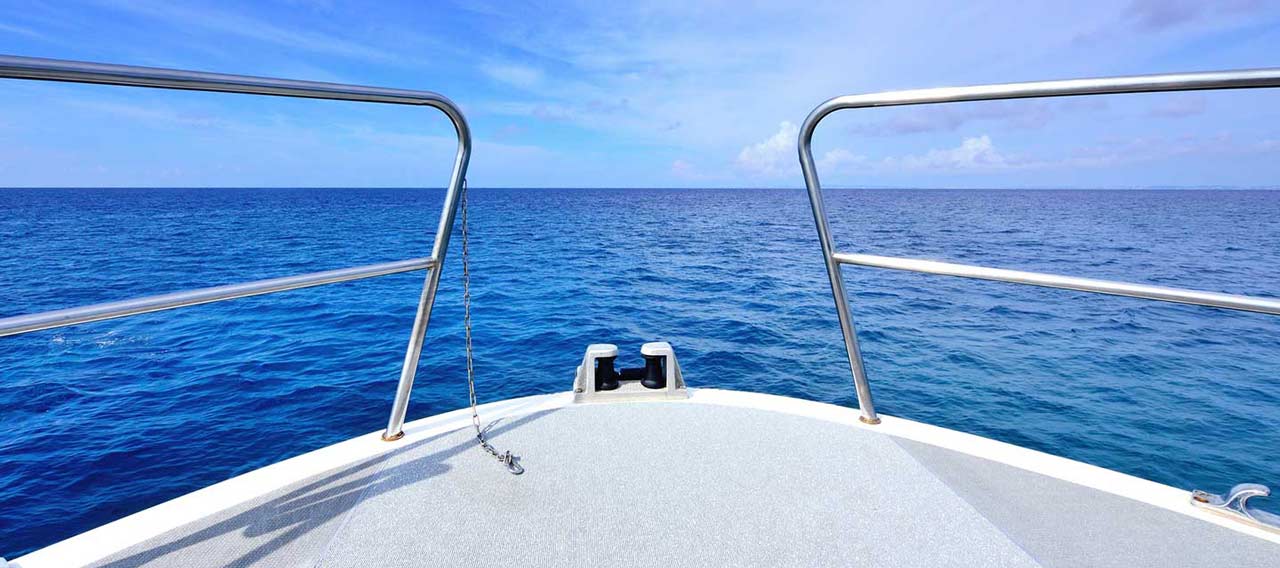

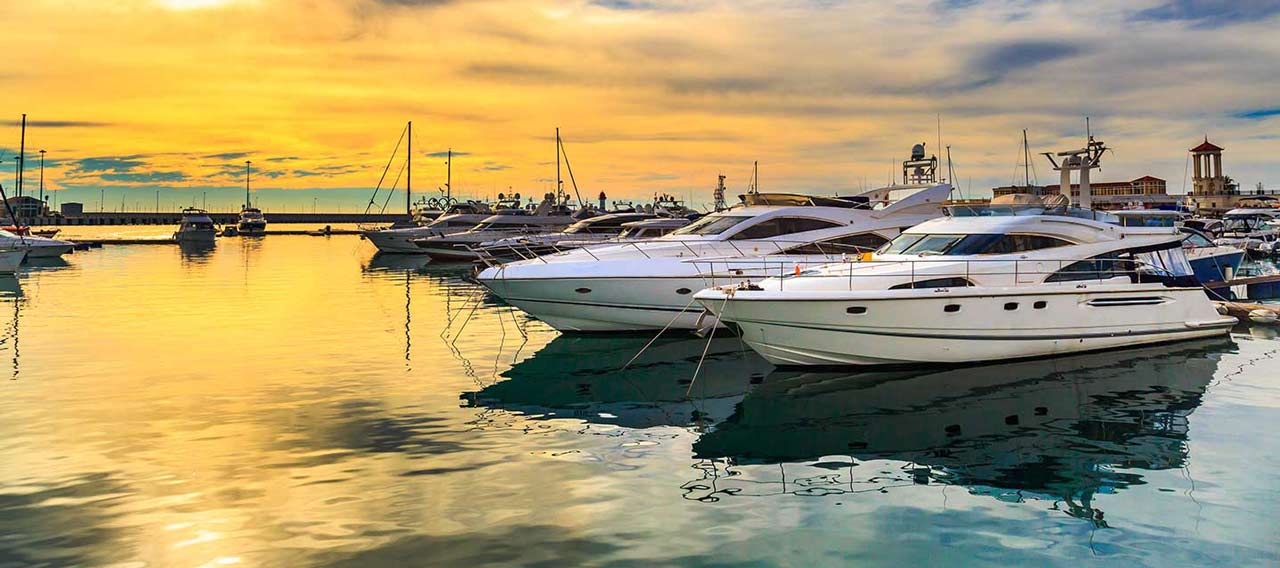
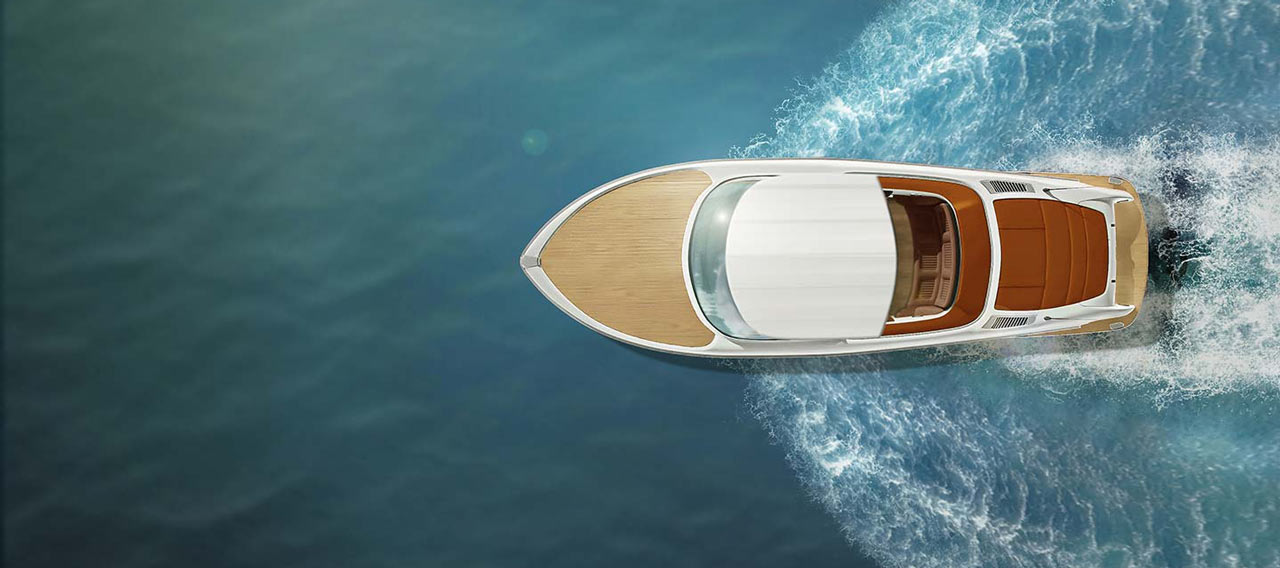
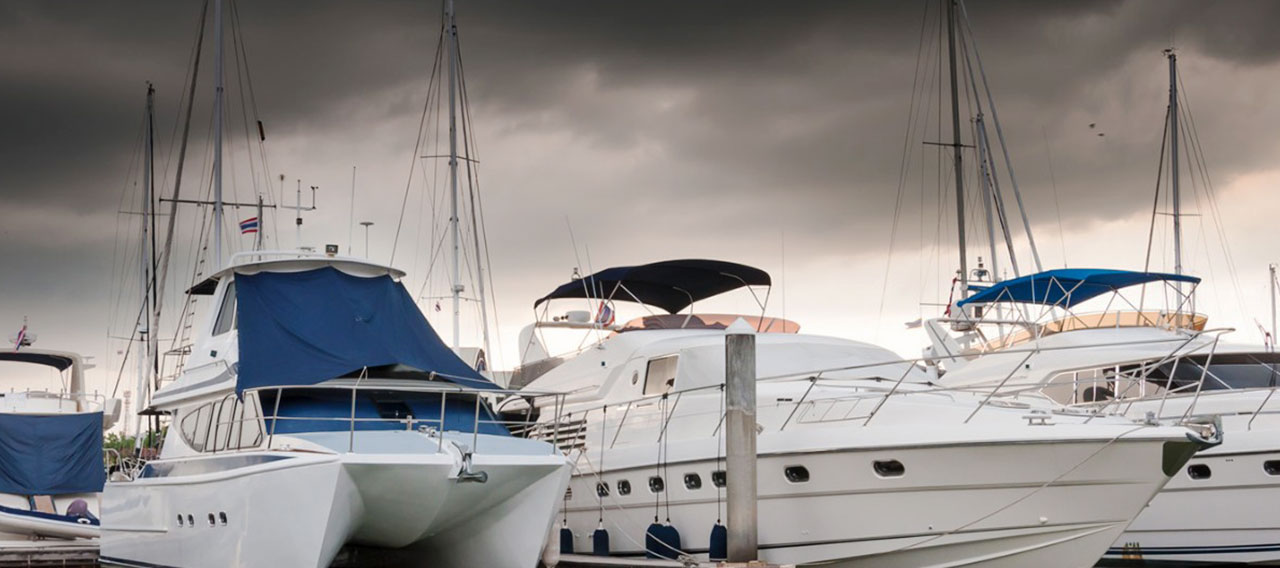
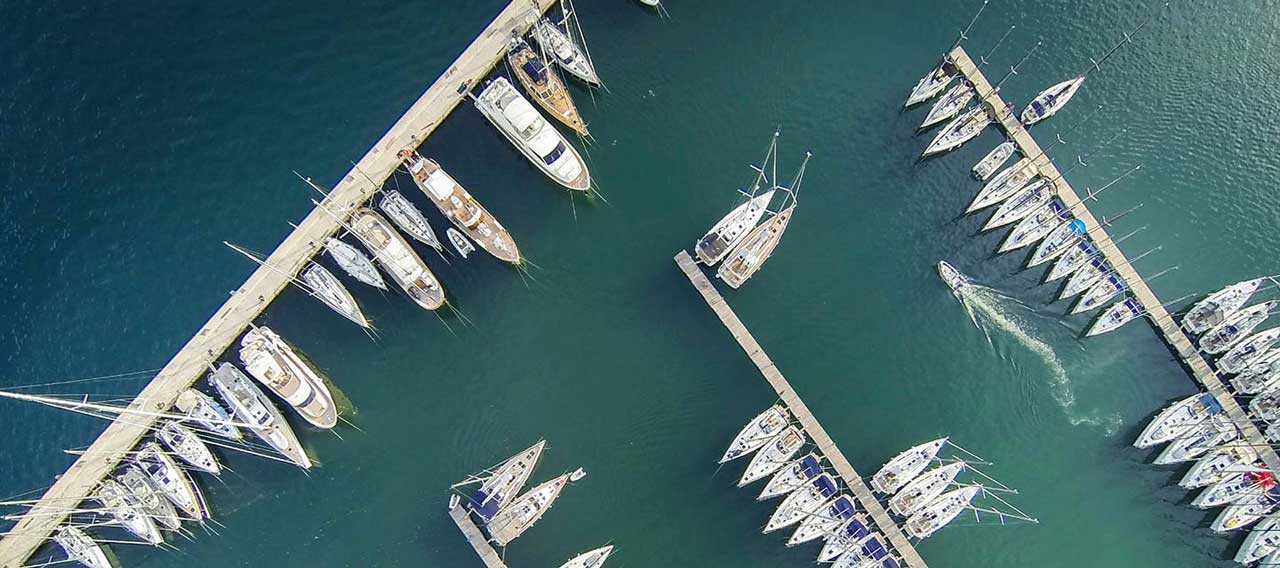
This document is advisory in nature and is offered as a resource to be used together with your professional insurance advisors in maintaining a loss prevention program. It is an overview only, and is not intended as a substitute for consultation with your insurance broker, or for legal, engineering or other professional advice.
Chubb is the marketing name used to refer to subsidiaries of Chubb Limited providing insurance and related services. For a list of these subsidiaries, please visit our website at www.chubb.com. Insurance provided by ACE American Insurance Company and its U.S. based Chubb underwriting company affiliates. All products may not be available in all states. This communication contains product summaries only. Coverage is subject to the language of the policies as actually issued. Surplus lines insurance sold only through licensed surplus lines producers. Chubb, 202 Hall's Mill Road, Whitehouse Station, NJ 08889-1600.










